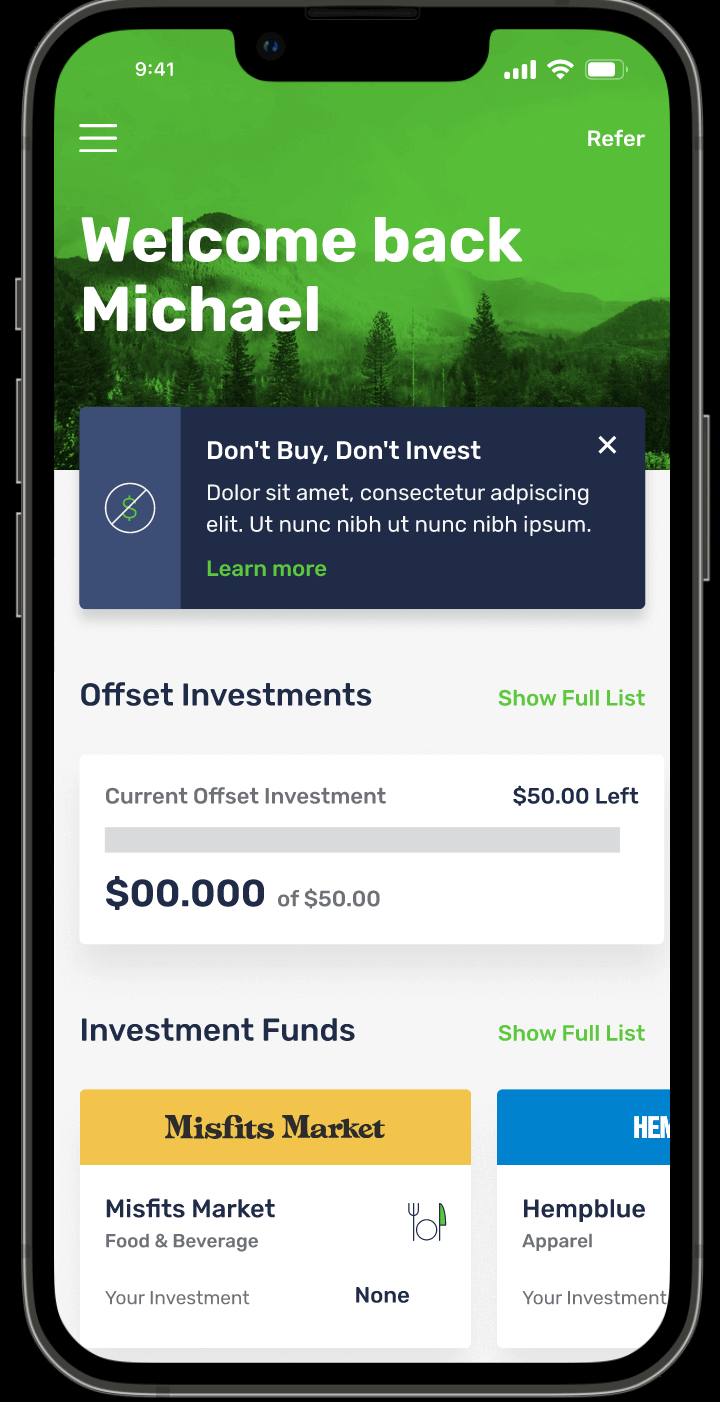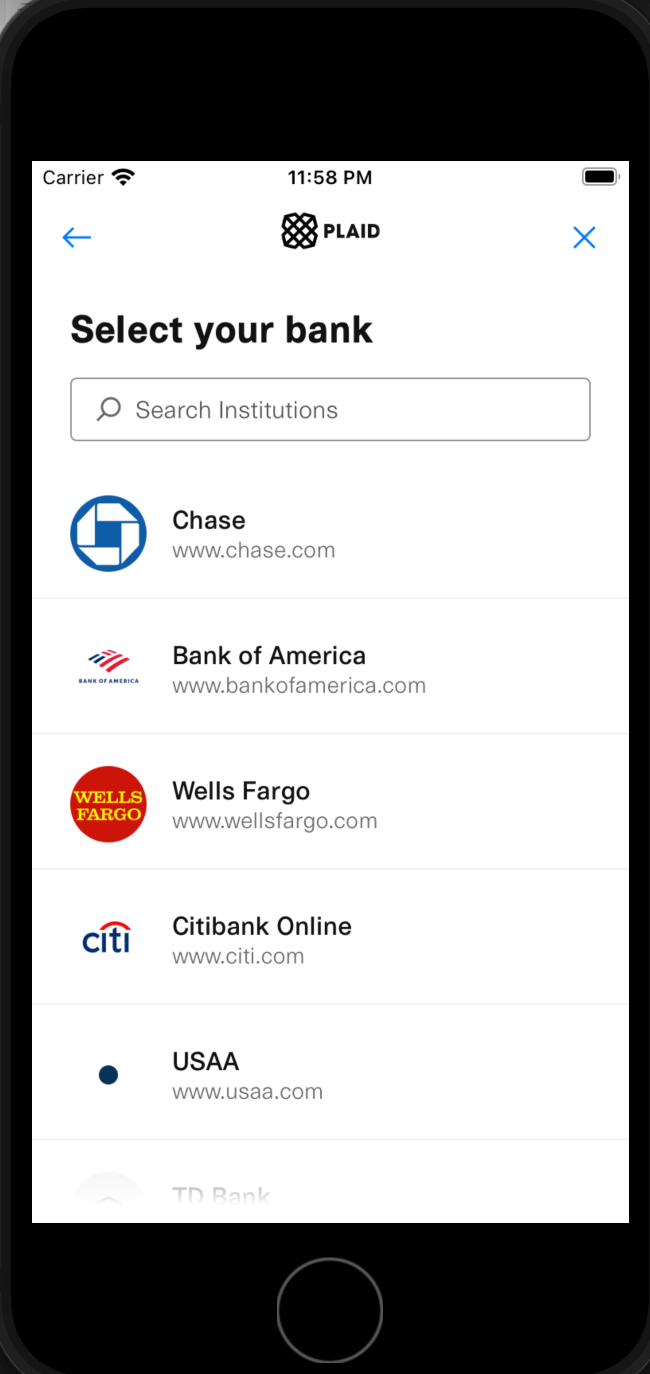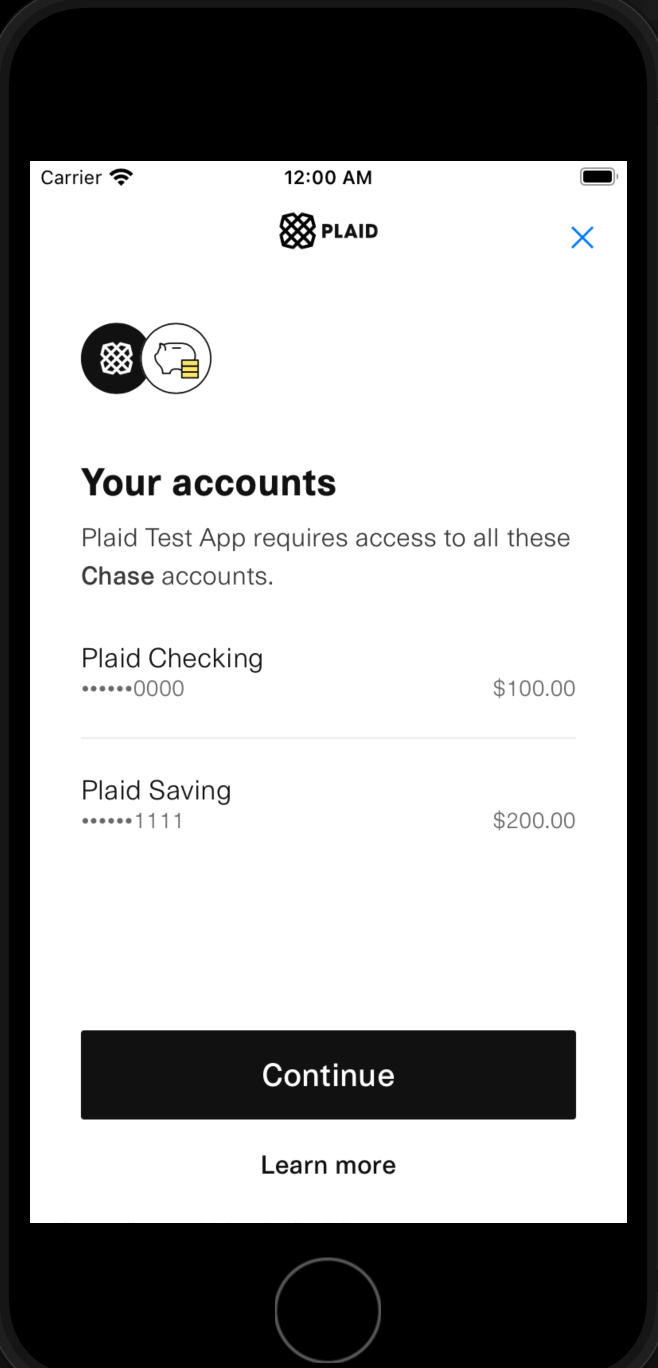Projects
Advanced Solutions Studio
Projects
Virtual Commonwealth
Virtual Common Wealth (VCW) stands out as an innovative approach towards addressing environmental challenges, intertwining the concept of self-taxation with green investing. VCW enables users to contribute proactively to mitigating the Environmental Crisis by linking their financial transactions, be it from credit cards, debit cards, or other payment plans, to their carbon impact via Plaid. However, not every transaction incurred a tax; only those purchases with potential environmental implications were taxed. For instance, gasoline purchases attracted higher taxes due to their environmental toll, while eco-friendlier choices like buying fruits went untaxed. More than a monetary tool, the platform served as an educational hub, raising awareness about the significance of the VCW fund and contrasting its positive impact against the environmental harm caused by its competitors.
VCW’s technical landscape was crafted using a medley of modern technologies tailored to its unique requirements. Ruby on Rails provided the core infrastructure, while React Native offered a dynamic mobile user interface. Plaid, pivotal for listing and categorizing user transactions across various payment methods, was seamlessly integrated. PostgreSQL was at the helm of data tasks, ensuring efficient storage of user transactions and their associated environmental tax values. Sentry ensured real-time bug tracking, while Heroku's deployment capabilities combined with Git’s version control ensured a smooth development and deployment process.




My role in the VCW project was multifaceted and instrumental to its development. While integrating Plaid, we encountered a series of intricate challenges that seemed insurmountable at first. Errors during integration forced us to go beyond conventional troubleshooting, leading to direct interactions with the Plaid Development team. The depth of the challenges we faced was such that even the Plaid team was prompted to delve deeper into their own product. Through a series of intensive meetings, both our teams collaboratively explored solutions, with Plaid learning and refining from the unique hurdles we identified. This collaborative effort culminated in Plaid providing the necessary support, enabling us to finally achieve a seamless integration. The entire process was not just about overcoming technical barriers but also about fostering collaboration between developers of different products. This collaboration, with all its challenges and discussions, emerged as a profound learning experience, accentuating the importance of teamwork and cross-team communication in my professional journey. The pride and satisfaction of having had a significant dialogue with the Plaid team and shaping a product for the better stand as highlights of my involvement with VCW.